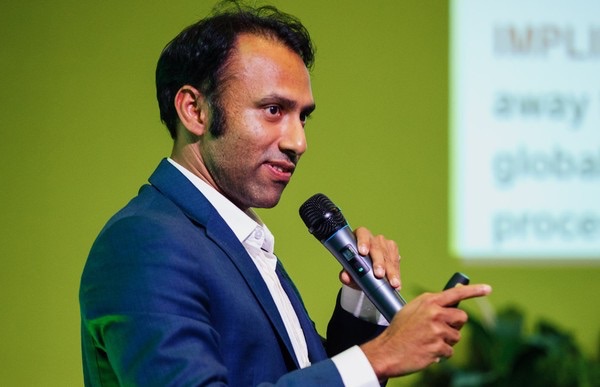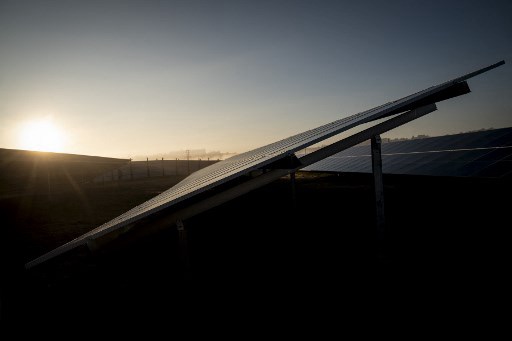On May 21, 2025, the Brazilian government issued Provisional Measure No. 1300 (MP 1300/2025) to significantly modernize the country’s electricity sector. The measure marks a pivotal regulatory reform, offering new investment opportunities and clearer rules for players in both power generation and commercialization, particularly in the context of Brazil’s accelerating liberalization of its electricity market.
1. Full Market Opening to Low-Voltage Consumers
One of the most transformative elements of MP 1300 is the structured opening of the free electricity market to low-voltage consumers, including households and small businesses:
- From August 2026, commercial and industrial consumers under 2.3 kV will be able to choose their energy suppliers.
- From December 2027, all remaining low-voltage consumers gain the same freedom.
Investor implications:
- This expansion increases the total addressable market for energy retailers and aggregators.
- Creates potential for innovative energy services like dynamic pricing, prepaid energy plans, and digital platforms for contracting.
- Incentivizes private investment in demand-side technologies, including distributed generation, energy storage, and virtual power plants (VPPs).
2. Redefinition and Restriction of Autoproduction Equivalence
The measure refines the criteria for consumers to be considered as self-producers (autoprodutores) through corporate affiliations:
- Imposes minimum thresholds of contracted demand and shareholding (30% voting equity).
- Limits apply only to new arrangements; existing contracts prior to MP 1300 are grandfathered.
Investor implications:
- Curtails the use of legal structures created to exploit tax and grid fee incentives via indirect ownership of generation assets.
- Investors should now reassess the viability of self-consumption PPAs and embedded generation structures.
- Encourages more transparent and regulated ownership arrangements, boosting legal security.
3. Establishment of the Supplier of Last Resort (Supridor de Última Instância – SUI)
MP 1300 establishes the legal framework for a Supplier of Last Resort (SUI):
- ANEEL will regulate and authorize entities to serve consumers left without a supplier due to retailer default or exit.
- Costs will be shared across free-market consumers via a specific tariff.
Investor implications:
- Reduces perceived market risk in the retail segment, especially for small and mid-sized consumers.
- Supports confidence in expanding retail offers to a broader consumer base, given system reliability safeguards.
4. Modernized Tariff Structures and Locational Signals
MP 1300 authorizes ANEEL to implement modern, flexible tariff designs, including:
- Time-of-use pricing
- Pre-paid electricity supply
- Tariffs reflecting locational and quality signals
- Differentiated charges based on system usage vs. consumption
Investor implications:
- Enables business models based on storage and load management, where battery assets (like those from companies such as Vela) can respond to time- or location-based tariffs.
- Encourages private investment in distributed energy resources (DERs) and behind-the-meter solutions.
- Lays the groundwork for tariff-driven demand flexibility markets.
5. Gradual Elimination of Distortive Subsidies and Discount Mechanisms
MP 1300 limits or phases out several legacy incentives:
- Discounts for TUSD/TUST (transmission and distribution) will be terminated unless linked to contracts valid before December 31, 2025.
- Cross-subsidies via the CDE (Energy Development Account) will be distributed based on consumption, not voltage level, by 2038.
Investor implications:
- Improves transparency and fairness in the cost structure of the electricity sector.
- May reduce competitiveness of certain legacy generation arrangements, but boosts market equity and predictability of cash flows in new ventures.
6. Financial Risk Resolution and Short-Term Market Improvements
The MP introduces a competitive mechanism for settling hydrological risk debts under litigation:
- Allows generators to settle via structured auctions in exchange for extension of generation concessions.
Investor implications:
- Clears legacy financial liabilities that constrained capital allocation and distorted market prices.
- Restores confidence in the short-term market (Mercado de Curto Prazo – MCP) and encourages new investments in hydro and hybrid plants.
7. Stronger Role for the Energy Market Chamber (CCEE)
The CCEE will:
- Assume a broader role in market monitoring, guarantee management, and certification.
- Operate with financial and administrative separation between power commercialization and other services.
Investor implications:
- Greater transparency and oversight benefits all market agents, particularly foreign investors.
- Boosts integration of Brazil’s market with global certification trends, such as green energy labels or blockchain-based energy tracking.
Conclusion: A Favorable Landscape for Strategic Investment
MP 1300/2025 represents a turning point in Brazil’s electricity sector reform, aligning regulatory frameworks with the country’s energy transition and modernization goals. For investors, this is a clear signal of:
- Long-term commitment to liberalization
- A growing and more dynamic customer base
- Better-defined risks and costs
- Regulatory support for innovation and new business models
Brazil now presents a more predictable and scalable investment environment for players interested in generation, storage, commercialization, and energy management services. The time is ripe to re-evaluate market entry strategies or expand existing operations in this rapidly evolving landscape.
Investing with Heavybrains
At this pivotal moment of transformation, Heavybrains is actively monitoring the regulatory, commercial, and financial impacts of MP 1300 across the Brazilian power sector. With deep expertise in energy market strategy and investor advisory, Heavybrains is fully prepared to assist companies seeking to evaluate opportunities, navigate regulatory pathways, and structure successful entry or expansion strategies in Brazil’s evolving electricity landscape. We welcome inquiries from potential investors and strategic partners interested in capitalizing on this historic shift.



